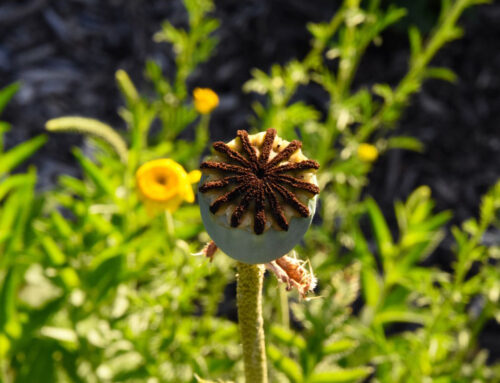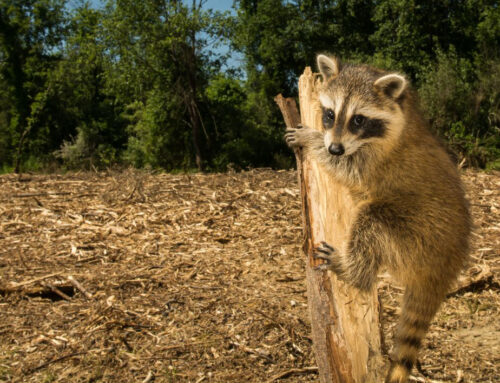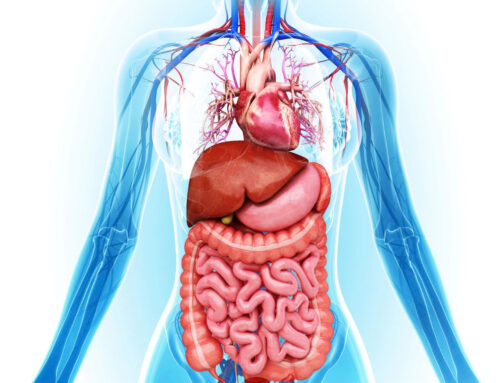Here are a few tidbits from my book that is coming out this June, Wonder and Joy for the Wired and Tired – Finding Inspiration and Well-Being in a Wonder-Filled World.
Ever Wonder What Makes an Organism Part of the Plant Kingdom?
Photosynthesis: Plants are autotrophic organisms, meaning they produce their own food through the process of photosynthesis. They contain chlorophyll, a pigment that captures sunlight, allowing them to convert carbon dioxide and water into glucose and oxygen.
Cell Wall and Cellulose: Plant cells have rigid cell walls composed primarily of cellulose, providing structural support and protection. This feature distinguishes them from animal cells, which lack cell walls.
Multicellularity: Most plants are multicellular organisms, composed of specialized cells organized into tissues, organs, and systems. This complex cellular structure allows plants to carry out various functions efficiently.
Adaptations to Land: Plants have evolved various adaptations that enable them to thrive on land, including roots for anchorage and nutrient absorption, specialized tissues for transporting water and nutrients (xylem and phloem), and structures like stomata for gas exchange.
Some Plant Trivia
The Green, Green Grass of Home: Not all plants are green. The green color we associate with most plants is due to the chemical pigment chlorophyll contained within them.

Largest Plant: The largest living organism on Earth is not an animal but most likely a plant. It’s a network of quaking aspen trees in Utah called “Pando” that spreads out over 106 acres. Although each tree lives for about 130 years, the entire organism consists of over 40,000 individual trees and has been estimated to be around 80,000 years old.

Oldest Plants: Some of the oldest living organisms on Earth are plants. For example, bristlecone pine trees, found in the White Mountains of California, can live for thousands of years. The oldest known bristlecone pine, named “Methuselah,” is estimated to be over 4,800 years old.

Fastest Grower: Bamboo is the fastest-growing plant in the world. It can grow nearly three feet in a day.

Carnivorous Plants: Some plants, such as the Venus flytrap and pitcher plants, are carnivorous. They capture and digest insects and small animals to supplement their nutrient intake, usually in environments where nutrients are scarce.

Resurrection Plants: Some plants, like the Resurrection Fern and the Rose of Jericho, can survive extreme dehydration and seem to come back to life when water is available again. They can lose almost all their water and appear dead but revive once they get hydrated.

Bioluminescent Plants: There are a few species of plants that exhibit bioluminescence, meaning they can produce light. One example is the “Dinoflagellates” algae, which can create beautiful glowing effects in the ocean at night.

The Green Planet: There are approximately 320,000 species of plants on our planet, including Antarctica.

Dinner is Served: There are more than 80,000 different plants which are edible.

Can’t Touch This: Then, there are other plants which contain known poisons and are better left alone:
Castor Bean Plant: While technically a shrub, the castor bean plant can grow large enough to be considered a tree. Its seeds contain ricin, a highly toxic protein that can cause severe gastrointestinal symptoms, organ failure, and even death if ingested.

Poison Ivy: Poison ivy is a common plant found in North America and is known for causing allergic contact dermatitis in many people. The plant’s leaves, stems, and roots contain urushiol, an oily resin that can cause skin irritation and allergic reactions upon contact.

Deadly Nightshade: Deadly nightshade is a highly toxic plant native to Europe, North Africa, and Western Asia. All parts of the plant contain tropane alkaloids, including atropine, scopolamine, and hyoscyamine, which can cause symptoms ranging from blurred vision and hallucinations to respiratory failure and death if ingested in sufficient quantities.

Oleander: Oleander is a popular ornamental shrub known for its attractive flowers, but all parts of the plant contain cardiac glycosides, which can cause nausea, vomiting, irregular heart rhythm, and even death if ingested.

Devil’s Snare: You may have heard about this plant from the Harry Potter movies. Also known as jimsonweed or datura, this plant won’t kill you by constriction or strangulation, but it does contain tropane alkaloids like atropine and scopolamine, which can cause hallucinations, delirium, blurred vision, and other central nervous system effects.

Monkshood: Monkshood, also known as wolfsbane or aconite, contains aconitine, a potent neurotoxin that affects the nervous system and heart. Ingesting even a small amount of monkshood can cause symptoms such as vomiting, diarrhea, numbness, and cardiac arrhythmias, and can be fatal.

Foxglove: Foxglove contains cardiac glycosides, such as digitoxin and digoxin, which can affect the heart’s rhythm and contractility. Ingesting foxglove can lead to symptoms such as nausea, vomiting, confusion, visual disturbances, and cardiac arrhythmias.

Water Hemlock: Water hemlock is one of the most toxic plants in North America. It contains cicutoxin, a highly toxic compound that affects the central nervous system. Ingesting even a small amount of water hemlock can lead to seizures, respiratory failure, and death.

Tomorrow, I’ll discuss how we can communicate with our plants and how they communicate with each other.
Have a joyous and wonderful day.
Pam








